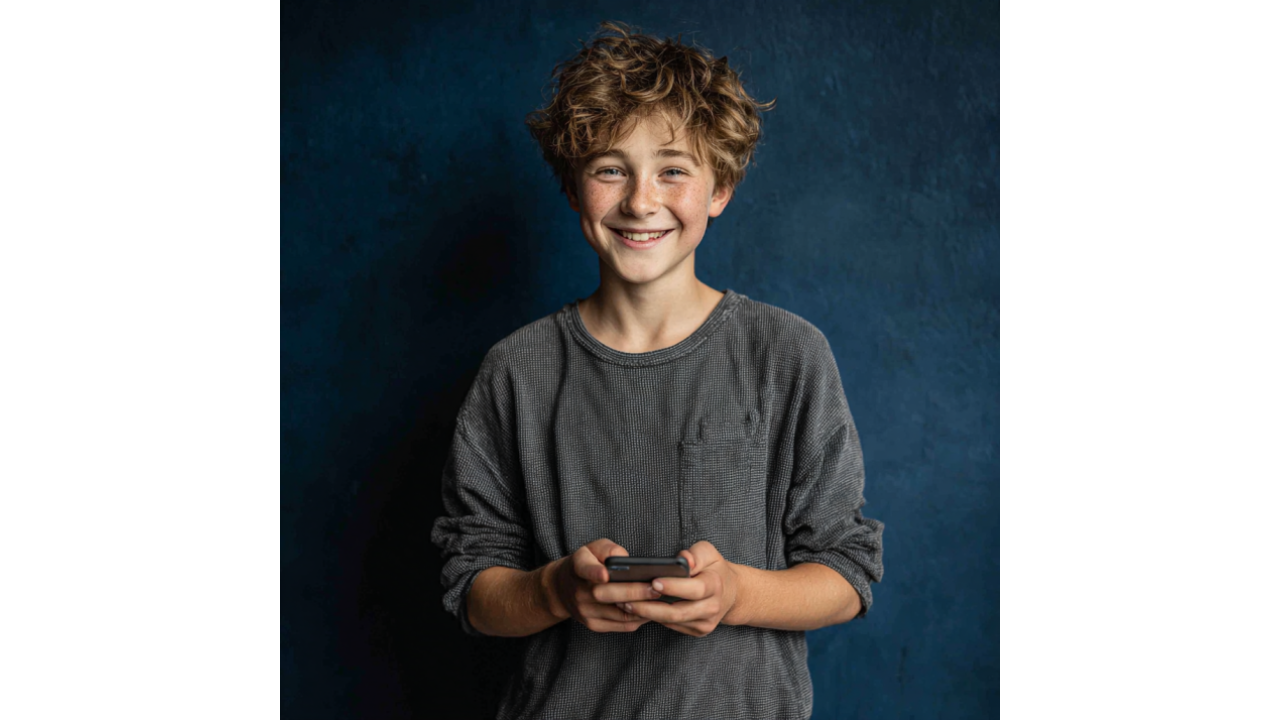Parent Marketing vs. Student Marketing: When Your Buyer Isn't Your User
One of the most challenging dynamics in K-12 EdTech marketing is that the person writing the check isn't the person using your product. Parents...
4 min read
 Writing Team
:
Nov 3, 2025 7:59:59 AM
Writing Team
:
Nov 3, 2025 7:59:59 AM

Your admissions funnel was designed for Millennials, and Gen Z is breaking it quietly. While you're optimizing website forms and email nurture sequences, today's prospective students are making preliminary decisions on TikTok, vetting your institution through student Reddit AMAs, and eliminating you from consideration before they ever visit your carefully crafted landing pages. The problem isn't your execution—it's that your entire model assumes a search process that Gen Z abandoned years ago.
Research from Barnes & Noble College reveals that 73% of Gen Z students begin college research on social media rather than college websites or search engines. By the time they reach your admissions portal, they've already formed opinions about campus culture, academic rigor, and whether "people like them" succeed at your institution—opinions shaped entirely outside channels you control or measure.
Traditional admissions funnels assume linear progression: awareness leads to website visit, website visit converts to inquiry, inquiry nurtures to application. Gen Z college search is chaotic and multi-platform, with students gathering intelligence across disconnected channels before consolidating decisions.
A typical Gen Z search journey starts with social proof validation—they ask existing networks which schools friends or siblings attend and whether they're happy. Then they move to platform-specific research: TikTok for campus vibe and day-in-the-life reality checks, YouTube for dorm tours and "day as a [major] student" content, Reddit for unfiltered opinions about academic quality and administrative competence, and Instagram for visual confirmation that campus aesthetics match expectations.
Only after this extensive informal research do they visit your website, and by then they're primarily validating decisions already made or checking specific details like application requirements and financial aid calculators. Your website analytics showing where visitors "enter" your funnel are misleading—you're seeing the middle of their journey and mistaking it for the beginning.
Gen Z demonstrates exceptional skepticism toward institutional marketing, having grown up with influencer transparency requirements and platform misinformation battles. They know you're selling, and they discount accordingly. What they trust is peer testimony from people with no commercial motivation to mislead them.
This manifests in Reddit becoming a critical college search platform despite universities having zero presence there. r/ApplyingToCollege has over 500,000 members discussing which schools are "actually" good versus overhyped, which have toxic cultures hiding behind marketing, and which provide genuine value. Students trust these anonymous internet strangers more than your admissions materials because they perceive no incentive to lie.
For EdTech platforms, this peer validation happens in niche subreddits for specific career transitions, learning goals, or skill development areas. A coding bootcamp might have beautiful landing pages, but prospective students are reading r/cscareerquestions threads where graduates discuss actual job placement rates, interviewing success, and whether the investment was worth it.
What this means for your funnel: Traditional lead capture forms at the top of funnel miss students entirely. By the time Gen Z fills out inquiry forms, they're not beginning research—they're narrowing final choices. Your "top of funnel" metrics probably represent mid-funnel behavior, explaining why conversion rates from inquiry to application are higher than your funnel model predicts while total inquiry volume disappoints.
Gen Z's preference for video over text isn't just about attention spans—it's about information density and authenticity verification. A 60-second TikTok showing a student's actual dorm room, cafeteria experience, and walk to class communicates more useful information than paragraphs of text describing facilities and dining options. Video also makes authenticity easier to assess: students can see whether content feels genuine or performative.
This creates problems for institutions optimizing text-based SEO while Gen Z searches on YouTube and TikTok using entirely different keywords and question formats. They're not Googling "best computer science programs"—they're searching TikTok for "day in the life CS major [school name]" or YouTube for "[school name] dorm tour honest review."
Your content strategy probably emphasizes written blog posts optimized for search engines while your actual prospective students consume video content on platforms where you have minimal presence. The gap between where you're creating content and where your audience consumes information explains why your content marketing generates traffic but not applications.
Gen Z witnessed Millennials crushed by student debt and approaches college costs with extreme pragmatism. Research from TD Ameritrade shows that 77% of Gen Z factors cost heavily into college decisions, and they demand pricing transparency that many institutions still hide behind "request information" forms and financial aid consultations.
Institutions that publish net price calculators prominently, explain financial aid clearly, and provide honest employment outcome data convert Gen Z students more effectively than those treating cost as a late-stage conversation. Today's students want to know total cost of attendance, realistic financial aid expectations, and graduate earnings potential before they invest time in applications—not after they've already committed emotional energy to your institution.
EdTech platforms face the same transparency demands. Vague pricing ("contact us for quote") or buried total program costs after free trials frustrate Gen Z learners who want upfront honesty about investment requirements. The platforms winning Gen Z learners publish clear pricing, offer transparent outcome data, and explain exactly what students get for their money without requiring sales conversations to access basic information.
Effective admissions funnels for Gen Z start where students actually start: social platforms, peer communities, and video content. This means treating TikTok and YouTube as top-of-funnel channels deserving the same investment as your website. It means monitoring Reddit for unanswered questions and considering whether limited participation in peer communities builds credibility more effectively than paid advertising no one trusts.
It means rethinking what constitutes a "conversion" in your funnel. A prospective student watching 15 TikToks from current students represents significant engagement that traditional analytics never capture because it happens entirely outside your owned channels. These invisible interactions shape decisions as much as website visits you do measure.
The admissions teams adapting successfully to Gen Z search behavior are those willing to admit their existing funnels were built for previous generations and require fundamental reimagining rather than optimization. Your funnel isn't broken—it's obsolete for an audience whose research journey looks nothing like the one you designed for.
Winsome Marketing develops research-backed enrollment strategies for higher education and EdTech companies. Let's rebuild your admissions approach around how Gen Z actually searches for and chooses educational programs.

One of the most challenging dynamics in K-12 EdTech marketing is that the person writing the check isn't the person using your product. Parents...

Most higher education webinars follow a depressingly predictable formula: an admissions counselor reads through slides about campus facilities,...

Jake Martinez was 28, working customer service at a cable company, and absolutely miserable. He'd scroll through Facebook during his breaks, seeing...